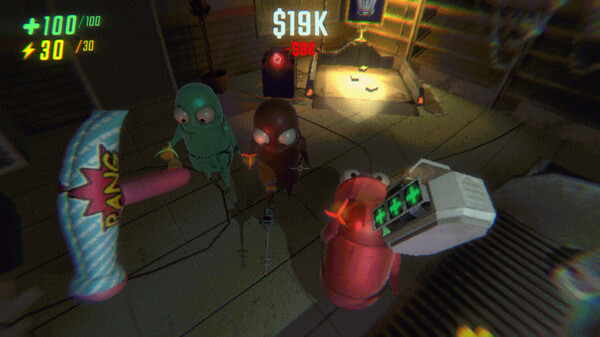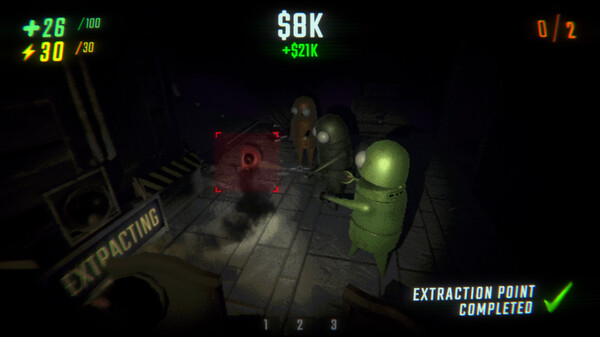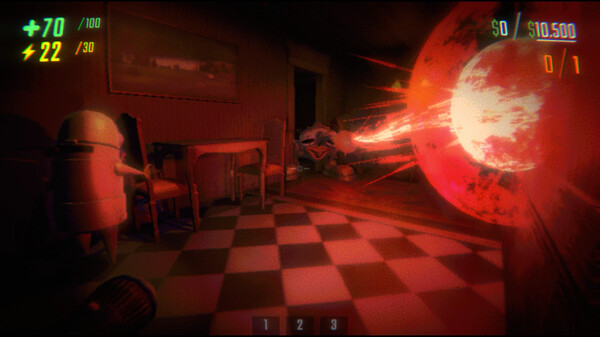Popular Now
R.E.P.O., developed by semiwork, has carved a niche in the cooperative horror genre with its unique blend of suspense and physics-based gameplay. Released in early access on February 26, 2025, the game has garnered an overwhelmingly positive response from players. While its innovative mechanics have been praised, one particular aspect has sparked extensive discussion: the game's physics engine. This article delves into the intricacies of R.E.P.O.'s physics system, exploring its evolution, challenges, and impact on gameplay.
The Genesis of R.E.P.O.'s Physics System
R.E.P.O. began as a single-player cleaning game where players navigated a mansion, evading a monster named Headman. The initial design emphasized object interaction, requiring players to move items carefully to avoid detection. This foundational mechanic laid the groundwork for the complex physics system that would become central to R.E.P.O.'s gameplay. pcgamer
Transition to Cooperative Gameplay
As R.E.P.O. evolved into a cooperative experience, the physics engine underwent significant enhancements to accommodate multiplayer interactions. The developers aimed to create a system where up to six players could collaboratively manipulate objects, adding layers of strategy and unpredictability. This shift introduced challenges in ensuring synchronized physics calculations across all players' systems.
Challenges in Physics Synchronization
Implementing a real-time physics system in a multiplayer environment posed substantial challenges. Desynchronization issues emerged, leading to instances where objects appeared in different positions for different players. These discrepancies affected gameplay, causing frustration during critical moments. Addressing these issues required the development team to refine their networking code and implement predictive algorithms to maintain consistency.
Impact on Gameplay Dynamics
The physics engine significantly influences R.E.P.O.'s gameplay dynamics. Players must handle objects ranging from heavy pianos to fragile ceramics, each with distinct physical properties. The realistic weight and movement of these items necessitate careful coordination, especially when evading monsters. This mechanic introduces both tension and comedic moments, as mishandling objects can lead to unexpected consequences.
Player Feedback and Community Engagement
The community's response to the physics-based gameplay has been largely positive, with many players appreciating the added depth and realism. However, some have voiced concerns over occasional glitches and the steep learning curve associated with mastering object manipulation. The developers have actively engaged with the community, gathering feedback to inform ongoing improvements.
Developer's Approach to Refinement
In response to feedback, semiwork has prioritized refining the physics engine. Updates have focused on enhancing object interaction fidelity, reducing latency in multiplayer sessions, and fixing known glitches. The commitment to continuous improvement reflects the developers' dedication to delivering a polished and immersive experience.
Comparative Analysis with Similar Titles
When compared to other cooperative horror games like Lethal Company, R.E.P.O.'s physics system stands out for its complexity and central role in gameplay. While some similarities exist, R.E.P.O.'s emphasis on physics-based object retrieval and extraction offers a unique challenge that distinguishes it within the genre.
Future Prospects and Updates
Looking ahead, the developers have outlined plans to introduce new monsters, a challenge mode, and free cosmetics. A significant focus will be on expanding the game's lore, encouraging players to uncover the narrative through exploration and deduction. These updates aim to enrich the gameplay experience and maintain player engagement.
Community Strategies and Adaptations
Players have developed various strategies to navigate the challenges posed by the physics system. Effective communication and role delegation have proven essential in managing object transportation and evading threats. The learning curve associated with these mechanics has fostered a sense of accomplishment among players who master the intricacies of the game's physics.
Conclusion
R.E.P.O.'s physics engine serves as both a cornerstone of its gameplay and a source of ongoing development challenges. The intricate object interactions add depth and realism, enhancing the cooperative horror experience. While issues remain, the developers' proactive approach to refinement and community engagement bodes well for the game's future. As R.E.P.O. continues to evolve, its physics system will undoubtedly remain a focal point of both player enjoyment and developmental focus.


















